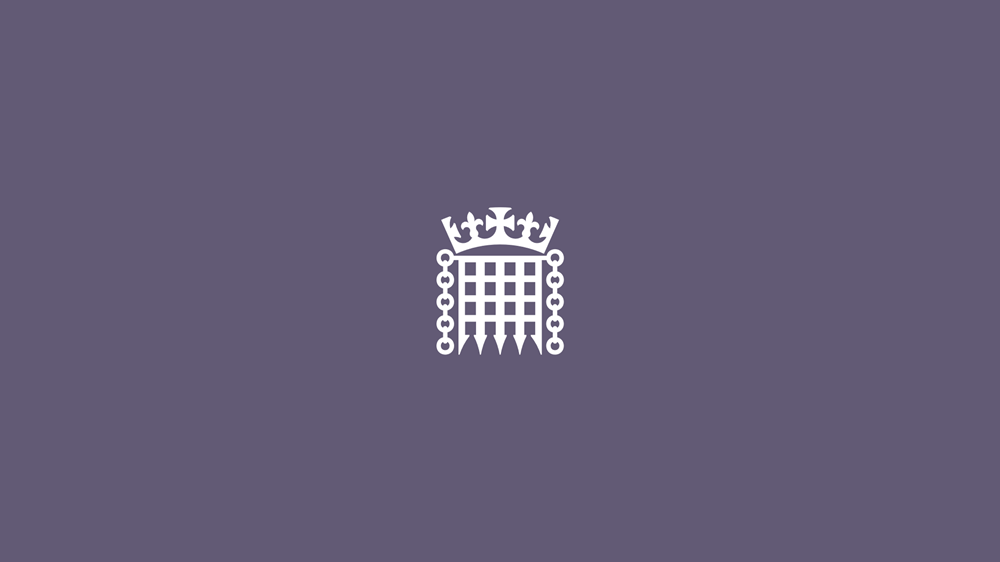Report: HMRC performs below best practice on customer inquiries
25 March 2010 (updated on 22 April 2010)
The Committee of Public Accounts has released a report examining the HM Revenue & Customs telephone inquiry services, concluding its performance is well below industry best practice standards
- Report: HM Revenue and Customs: Handling Customer Inquiries
- Committee of Public Accounts
- HM Revenue and Customs (external site)
Edward Leigh MP, Chairman of the Committee of Public Accounts, today said:
"If an organisation wants more of its customers to contact it by telephone, then it has got to be good at answering calls. HMRC unfortunately is not very good at answering calls, its performance remaining well below industry best practice standards.
"In 2008-09, only just over half of the 103 million calls to its main helplines were answered, way below an industry standard of 95 per cent. We recognize that HMRC is trying to do something about this but its target of being in the position, by March 2012, to answer nine tenths of calls is not ambitious enough.
"Another problem is the length of time it takes to speak to an adviser. Customers who are fortunate enough to reach the recorded voice then have to wait an average of two minutes to speak to an adviser and nearly four minutes at peak periods. The Department should introduce an additional target that, by 2012, it will achieve the public sector benchmark of up to one minute.
"It is very telling that contact centre staff spend only 38 per cent of their working time handling calls or on follow-up work. This compares extremely unfavourably with the industry standard of 60 per cent and points up the need to make more efficient use of contact centre staff time.
"Staffing levels should be matched more closely to the peaks and troughs of demand and the Department must do more to cut the number of calls it regards as unnecessary."
Mr Leigh was speaking as the Committee published its 24th Report of this Session which, on the basis of evidence from HM Revenue and Customs (the Department), examined how easy it is for customers to contact the Department by telephone and obtain the correct advice; and the efficiency of its telephone operations.
Seeking help
Every year millions of people telephone the Department to seek help or information about their tax affairs or entitlement to tax credits and benefits. The Department’s telephone services are likely to become increasingly important as it encourages people to use cheaper forms of contact, such as telephone and online services, and make less use of face-to-face and postal contact, the report says.
The Department’s performance in responding to calls has been poor. In 2008–09, the Department answered only 57 per cent of the 103 million calls to its main helplines, compared to an industry standard of 95 per cent; callers waited on average two minutes, and nearly four minutes in peak periods to speak to an advisor; and yet contact centre staff spent only 38 per cent of their time handling calls against an industry benchmark of 60 per cent.
Targets
The Committee says it recognises that the Department is taking steps to improve its performance but considers that it should be more ambitious. The Department has set a target to answer more than 90 per cent of calls by March 2012, but achieving this would still fall short of best practice. It could do more to reduce the confusion caused by having 139 telephone numbers and to reduce the costs of calling the Department.
In addition, it is piloting a call-back service on Child Benefit, but the pilot excludes Tax Credits claimants, a group who might benefit significantly from such a service.
A total of 6.8 million calls failed the Department’s accuracy checks in 2008–09 because advisors did not follow the Department’s guidance and procedures, but the Department does not know how often the advice it provides by telephone is actually incorrect.
The report says the Department could be far more efficient in using contact centre staff time, in particular by eliminating the 11 per cent of time that is by spent by advisors waiting for calls and in reducing levels of sickness absence.
It could also match staffing levels more closely to levels of demand, as the number of calls fluctuates significantly around key statutory deadlines during the year. There are also significant opportunities to reduce costs and improve its responsiveness by reducing the number of unnecessary calls, the report adds.
Avoidable calls
The Department estimates that 35 per cent of calls are avoidable, often from people seeking to clarify information they had received which they did not understand, or chasing progress on items being processed in other parts of the Department.
In developing its telephone services the Department should not retreat so far from other forms of contact, such as face-to-face meetings, that more vulnerable customers, who are less likely to want to use the telephone or online services, are effectively marginalised.
